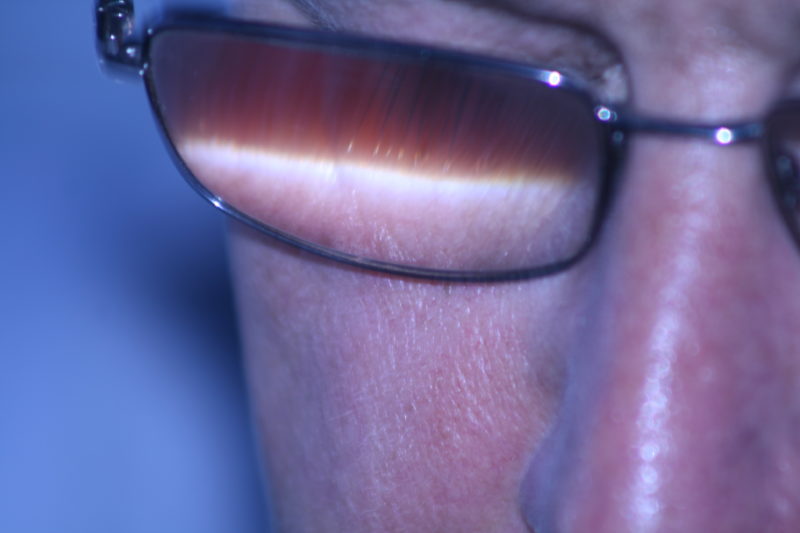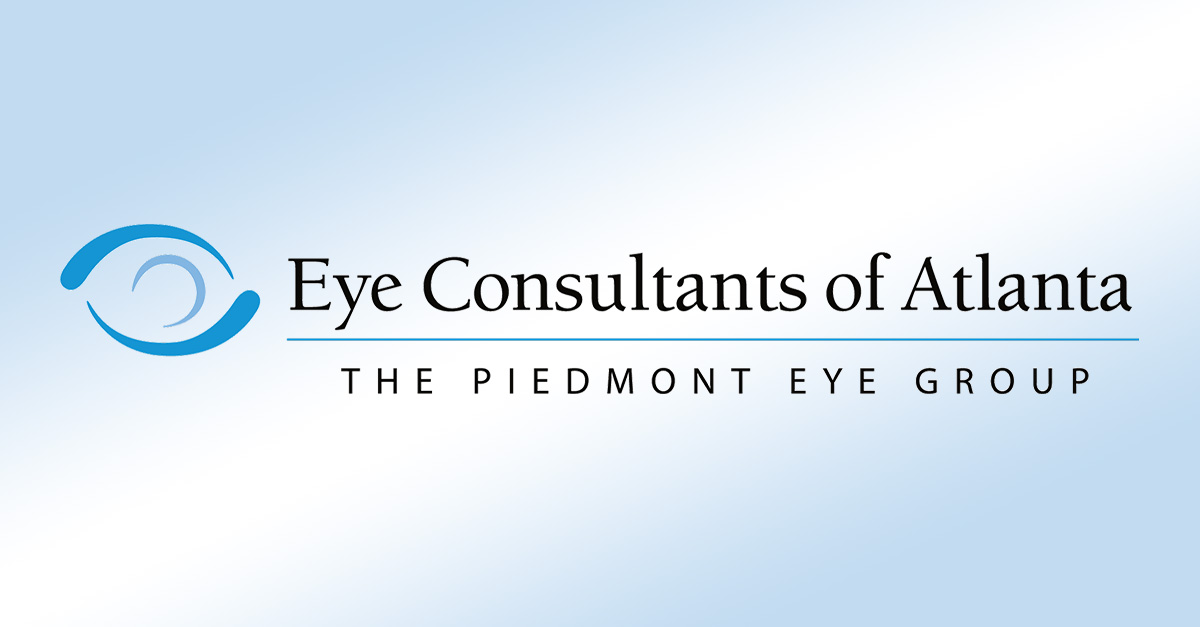Eye problems are not uncommon, especially as individuals age or are subject to environments that can have a detrimental impact on eyesight (ex: eye strain due to excessive use of computer and mobile device screens).
In fact, the Vision Council of America estimates that up to 75% of adults will need some sort of vision correction at some point in their lifetime. Of these, up to 25% will end up needing reading glasses or bifocals as they get older.
But what causes one to need bifocals? How do bifocals work? And, what’s the difference between bifocals and progressive lenses?
We explore these questions and more in our comprehensive guide below.
Presbyopia—The Reason For Bifocals/Progressive Lenses
An unfamiliar term to many, presbyopia is fairly common, especially among older populations. This condition occurs when the lens of the eye, which is naturally very flexible, ages and begins to lose its flexibility. This loss in pliability eventually inhibits the eye’s natural ability to focus on objects at varying distances, which can cause blurriness and general trouble seeing.
Note: Presbyopia is different than hyperopia (farsightedness), in which the shape of the eye is slightly shorter and flatter than standard eyes. This particular condition causes the light of distant objects to focus behind the retina. Objects located closer to the eye require greater effort to focus and may appear blurry. Although the end result may be similar, the cause is quite different and should, therefore, be treated with different lenses. Your eye care professional can properly diagnose and recommend treatment for any of your eye issues or concerns.
Bifocal Lenses
 Photo Credit: BRJ INC. via Flickr CC2.0
Photo Credit: BRJ INC. via Flickr CC2.0
Bifocals have been around since the late 1700s, and Benjamin Franklin, well-known inventor and politician, is credited with creating the first pair. Prior to his clever invention, anyone suffering from presbyopia was forced to carry around two (or more) separate sets of glasses at any given time. Franklin created the first known set of bifocals by simply cutting the lenses from two prescriptions in half and gluing them together for a single, unified pair.
Bifocals have come a long way since then, with a smoother lens transition, more accurate prescriptions, and better lens placement.
There are several different types of bifocal lenses. Functionally, each lens type is the same, and the decision of which type works best comes down to personal preference.
Bifocal Lens Type |
Bifocal Lens Features |
| Flat-top Bifocal Lenses | The magnified lens portion is a small “D” shape located along the inside, bottom portion of the lens |
| Round Seg Bifocal Lenses | The magnified lens portion is a small partial circle shape located along the inside, bottom portion of the lens |
| Ribbon Segment Bifocal Lenses | A narrow rectangle-shaped magnifying lens at the bottom of the overall lens |
| Executive Bifocal Lenses | Original bifocal design with the magnified lens taking up the bottom half of the overall lens with a straight line |
Progressive Lenses
Progressive lenses are a more modern approach to glasses that require adjustments for multiple fields of vision. Rather than sporting the traditional bifocal lens look that has defined vision areas, progressive lenses are line-free multi-focals that feature a seamless progression of magnifying power.
Progressive lenses offer all of the same benefits as traditional bifocal lenses without the defined lines, a design feature that is often very appealing. Aside from the aesthetic appeal, progressive lenses also solve an annoying issue that’s common with bifocals; they sometimes present the issue of ‘jumping’ that occurs when the wearer shifts from viewing a far-away object to a close-up object. The brain sometimes has to scramble to make sense of the newly-adjusted focal length, causing confusion and/or discomfort.
Another differentiator is that bifocals only offer a solution for two fields of vision–one on the top half of the lens for distance vision and another at the bottom half of the lens for near vision. Progressive lenses feature a magnifying progression, providing a gradual change of power and clear vision at all distances. Presbyopia can progress with age, which might require updated bifocal prescriptions over time. Progressive lenses eliminate this concern with a deeper vision range.
There are five different types of progressive lenses, and each offers specific characteristics and price points.
Progressive Lens Type |
Progressive Lens Features |
| Standard Progressive Lenses | The most affordable progressive lens. These require a slightly larger size to transition the field of vision, meaning slightly larger glasses than other types of progressives. |
| Computer Progressive Lenses | These progressive lenses are best suited for individuals that often work at a computer. The field of vision is customized for the average computer screen field of vision. |
| Short Corridor Progressive Lenses | Short corridor progressive lenses fix the problem faced with standard progressive lenses—the large lens. However, this comes at a cost, as short corridor lenses can cost $100+ more than standard lenses. |
| Premium Progressive Lenses | The most dynamic and expensive category of progressive lenses, premium progressives, offers deeper vision fields and a fashion-forward design. Expect to pay twice the amount of standard lenses for this premium option. |
| Ground-View Progressive Lenses | A common problem with both bifocals and progressive lenses is a dizzying ‘ground view’ when the wearer looks down. These lenses eliminate this problem and are best suited for individuals that enjoy an active outdoor lifestyle. |
There is certainly a wide array of progressive lenses to choose from—but fret not. Your eye care professional can help you make the choice that is best for your lifestyle and budget.
Note: Transitions® lenses are not the same thing as progressive lenses. Transitions® is a brand of photochromatic lenses, meaning the lenses automatically darken when exposed to ultraviolet light. Think of this technology as a blend of traditional glasses and sunglasses. Although Transitions® are prescription lenses, they are in no way related to bifocals or progressive lenses.
Bifocals vs Progressive
There are three primary differences between bifocals and progressive lenses. Generally speaking, bifocals only correct vision for two distinct fields of vision, while progressive lenses offer clear vision at all distances. Bifocals do sport a traditional design with lines between the fields of vision, while progressive lenses offer seamless lens transitions and have no visible lines – a selling point to many. From a cost perspective, progressive lenses do tend to be more expensive than simple bifocals. The cost might not be much more depending on what type of progressive lenses you choose.
Bifocals vs Progressive
| Field of vision | Two fields of vision | Clear vision at all distances |
| Design | Distinct line between lens fields | Seamless lens transition; no lines |
| Cost | More affordable | More expensive |
Getting Used To Your Bifocals/Progressives
Getting used to a new pair of glasses can take a few days or even a week, but, rest assured, your eyes will quickly adjust. Bifocals and progressive lenses both function similarly. They change the way you perceive distance and depth. Initial symptoms like blurry vision, headaches, nausea, and even balance problems are not uncommon. Please reach out to your health care professional if symptoms persist. Here are a few tips to speed up the adjustment process:
- Wear your new bifocals or progressive lenses all the time and do not switch between pairs
- Make sure your new pair of glasses fits your face and that there isn’t any sliding
- When you walk, be sure to look straight ahead and not down at your feet
- When reading, hold items approximately 16 inches away from your face and look through the bottom portion of the lens
- Adjust your computer screen just below eye level. You can adjust your chair or desk height to make this comfortable
Be sure to reach out to your eye doctor in a few weeks if you’re still having trouble adjusting to your new lenses. Persistent problems may indicate an error in your prescription or a totally different issue.
What’s Right For Me?
At the end of the day, both bifocals and progressive lenses are a great fit for correcting presbyopia. The ultimate decision will come down to your personal taste, lifestyle, and budget.
A few things to consider:
- Do you work at a computer for long periods of time?
- Will you wear your glasses outdoors for recreational activities?
- Will you be wearing your glasses for long periods of time?
- Are you concerned with the look of a visible lens line?
- What is your budget? And, would you be ok with buying multiple pairs of bifocals if and when your eyesight changes?
If you’re still not sure which lens is right for you or if you think you might need an evaluation, schedule a consultation today!

